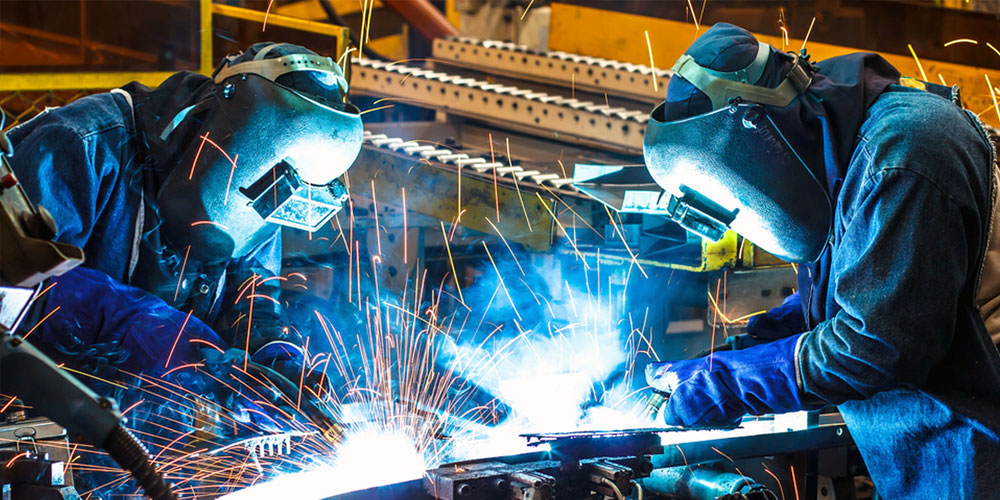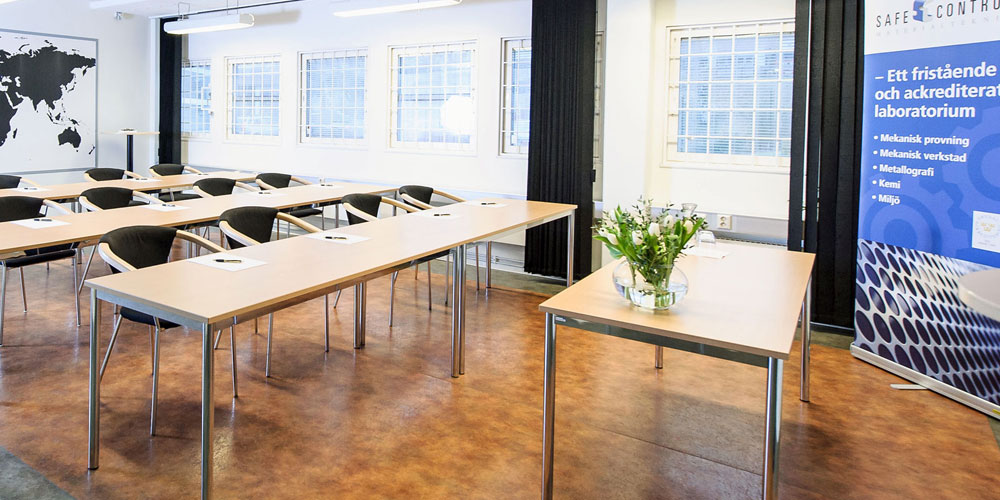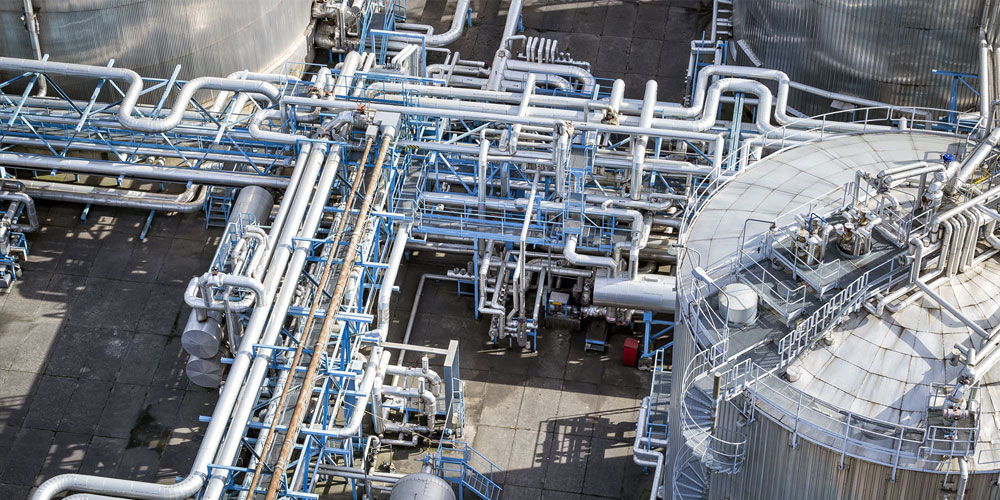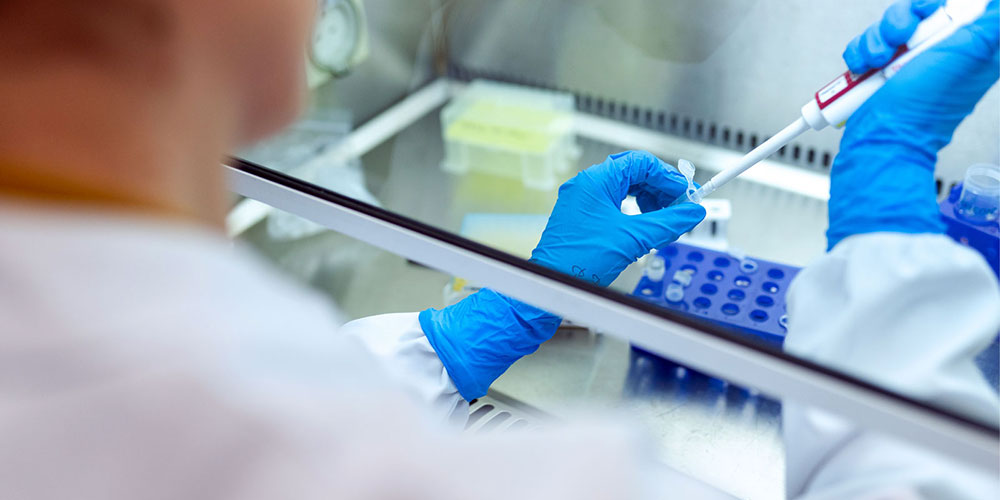Material analysis / chemical composition
The laboratory performs and is accredited for chemical analyzes of steel. Chemical analysis is an important part of identifying and ensuring the quality of various metallic materials and their chemical composition. Optical emission spectrometry is used to obtain the chemical composition.
Occasions in which a material analysis is performed are, for example, during delivery inspections, prior to the manufacture of products, prior to welding of materials, for analysis of materials in older structures and in connection with breakdown and damage examinations.
We have the opportunity to analyze the chemical composition of all types of steel, such as low-alloy and stainless steels, nickel, copper and aluminum alloys.
The OES is used for:
- Checking the quality of the material
- Meets the chemical composition requirements according to standard/certificate
- Examine unknown materials
- Examine weldability
- Examine corrosion resistance
- Curing ability
Verification of standard/certificate
We have a large number of known certified reference materials (CRM) that verify the obtained analysis results. The result is compared against a standard or a certificate to see if the material meets special requirements. The result can also be used as a basis for making an assessment of weldability, or for finding out whether the material is appropriate.
The OES analyzes a wide range of elements and covers a large concentration range with very high accuracy and precision as well as low detection limits – what the OES can determine depends on the material being tested. The OES produces the levels of the constituent elements, such as carbon, silicon, chromium and nickel.
After preparation, the sample is subjected to a spark discharge where the heat causes the metal to evaporate. The electrons in the atoms are excited and emit light in different wavelengths. Then the contents of the various elements can be determined.
The type of samples that can be tested with OES include samples from the melt in primary and secondary metal production and in pipes, bolts, rods, sheet metal, the metal working industry, and more.

Optical emission spectrometer (OES)
The optimal sice of a test piece is 30x40mm with two parallel flat surfaces. The laboratory has the opportunity to perform analysis on test pieces with an area of at least 5x5mm.
Safe Control can also perform wet chemical analyzes. The desired amount of sample is then at least 5 grams.
Accredited analysis
The accreditation, ASTM E415, refers to analysis of chemical composition for unalloyed and low-alloy steels with the following alloying elements:
Carbon (C), silicon (Si), manganese (Mn), phosphorus (P), sulfur (S), chromium (Cr), nickel (Ni), molybdenum (Mo), copper (Cu), vanadium(V), titanium (Ti), niobium (Nb) and aluminum (Al).
Scope of Accreditation
- ASTM E415
Contact persons
Catarina Wernlund
Head of Chemistry
Phone: +46 (0)31-65 64 93
Anders Hedlund
Phone: +46 (0)31-65 64 97
first.lastname@safecontrol.se





